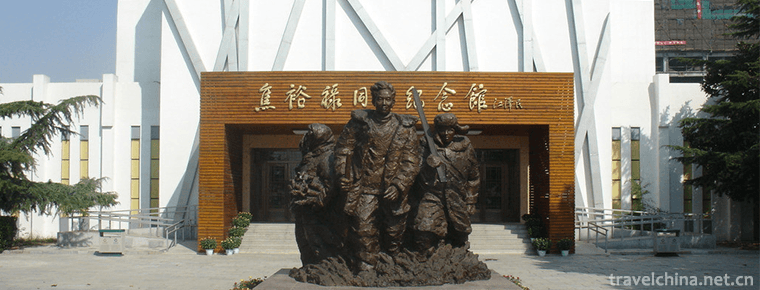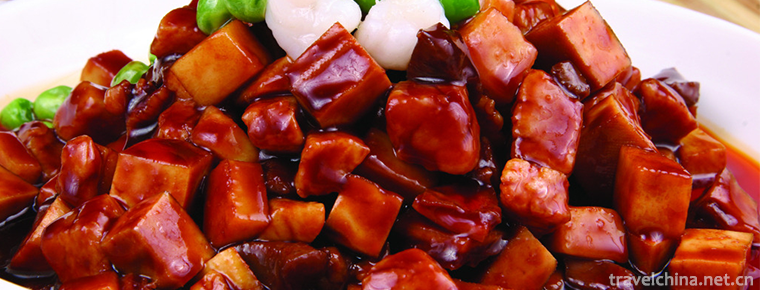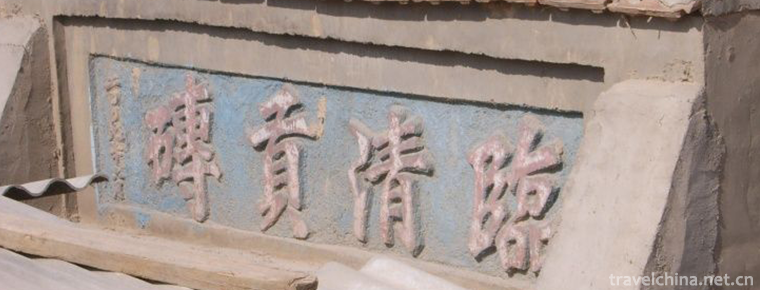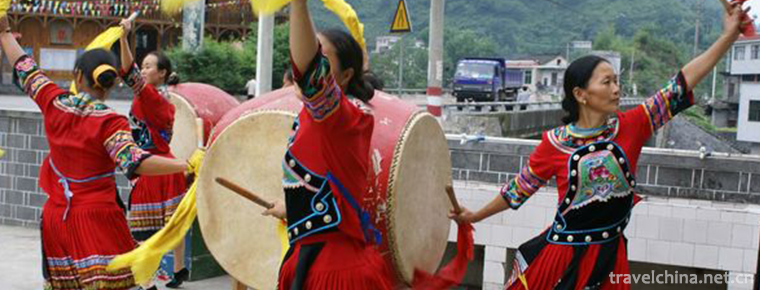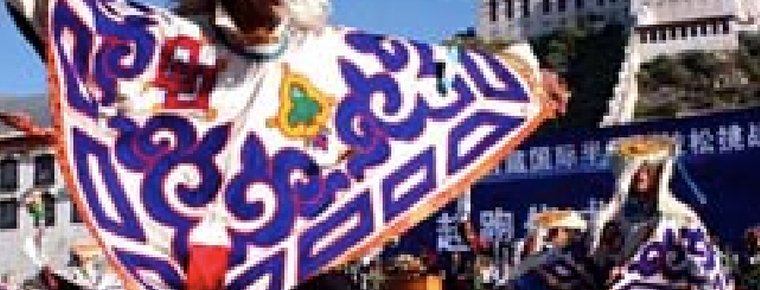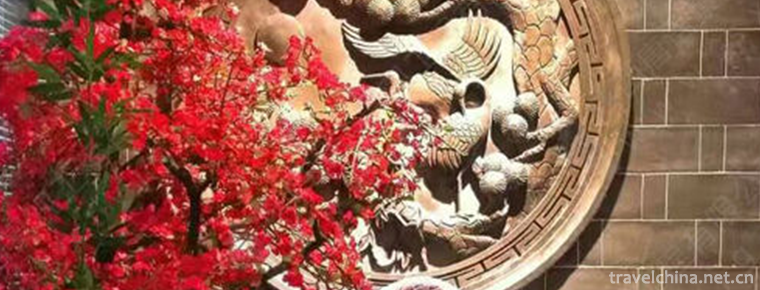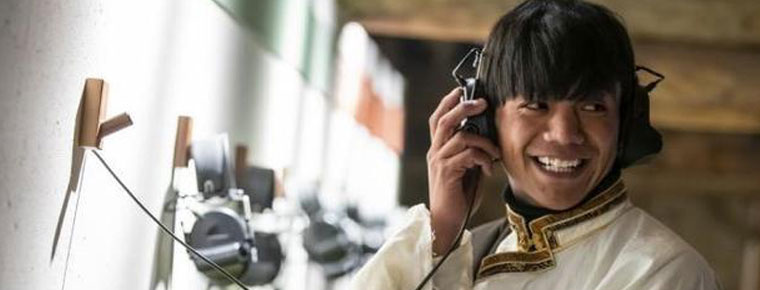a bottle with painted designs
a bottle with painted designs
Internal painting is a unique traditional craft in China. It originated from snuff bottle painting. The interior painting method is a special deformed fine brush, in glass/crystal, amber and other materials of the pot billet, hand-painted delicate pictures, elegant style, exquisite brush strokes. Modern interior painting art originated from the Beijing School and is divided into five schools: Beijing, Hebei, Shandong, Guangdong and Qin. Among them, the Hebei School interior painting has the largest scale, the fastest development and the greatest influence. It has recently been selected into the national intangible cultural heritage protection list. Hengshui, the birthplace of the Hebei School interior painting, is also named "the hometown of Chinese interior painting" by the Ministry of Culture.
Interior painting, also known as interior painting snuff bottle, is a unique traditional craft in China. Its production is inseparable from the success of highly transparent glass refining and cutting technology. The art of internal painting is divided into four schools: Beijing, Hebei, Shandong and Guangdong. It is the first batch of intangible cultural heritage of the country.
On June 7, 2008, the painting was approved by the State Council and listed in the second batch of national intangible cultural heritage list.
origin
Legend has it that during Jiaqing and Daoguang years, a small official from other places went to Beijing to report his duties and lodged in a temple. As snuff was almost exhausted, he used a cigarette stick to scrape the remaining snuff from the cigarette pot. A monk in the temple saw many scratches left on the inner wall of the pot by the tobacco stick, which had a strong sense of lines in traditional Chinese painting, so he expanded it into the art of interior pot painting.
However, according to expert textual research, the inventor of the inner painting pot was not a monk, but a young painter in the South during the Jiaqing period of the Qing Dynasty. He poured small steel balls, quartz sand and a small amount of water into the pot to shake, grind out fine lines on the inner wall to make the paint easy to adhere to, and then dipped the color with a bamboo pen with a hook, and painted the inner wall in reverse. This painter is Gan Huan Wen. The earliest internal painting pot of Gan Huan was made in 1816. According to legend, he dropped out in 1860.
1880-1930
Beijing Famous Family (Beijing School): Zhou Leyuan Di Zhongma Shao Xuan Yan, Yutian Ye Zhongsan Birong Nine
1930-1960
Beijing Famous Family (Beijing School): Ye Zhongsanye Xiaofeng Ye Tanqi
Shandong Famous Family (Lu School): Bi Rongjiu (after 1900 in Shandong Province) Zhang Wentang Xue Jingwan
Guangdong Famous Family (Guangdong School): Wu Songling
1960-1980
Beijing Famous Family (Beijing School): Ye Xiaofeng, Ye Yingqi Wang Xisan (after 1967 in Hengshui, Hebei Province), Liu Shouben, Ye Shuying and Ding Guiling
Shandong Famous Family (Lu School): Zhang Wentang, Xue Jingwan, Li Kechang, Chen Dongshun, Wang Jiquan, Zhang Guangzhong
Guangdong Famous Family (Guangdong School): Wu Songling Lai Yining
Hebei Famous Family (Ji School): Wang Xisan
1980-2000
Beijing Famous Family (Beijing School): Liu Shouben, Ye Shuying and Ding Guiling
Shandong Famous Family (Lu School): Zhang Guangqing, Wang Xiaocheng, Wang Guangming, Li Huitong and Li Huiting
Guangdong Famous Family (Cantonese School): Lai Yining
Hebei Famous Family (Hebei School): Hengshui: Wang Xisanwang, Wang Baichuan, Wang Guanyu, Chen Runpu, Fu Guoshun, Huangshuangshui, Wang Chunguang, Lu Jianguang
Shijiazhuang: Wang Qiandong, Xue Liu Yizi
Xi'an Famous Family (Qin School): Zhang Tieshan
Master Class 2000-present (Information of the Spring 2015 Meeting of the International Chinese Snuff Bottle Association)
Beijing Famous Family (Beijing School): Liu Shouben
Shandong Famous Family (Lu School): Zhang Guangqing
Guangdong Famous Family (Cantonese School): Lai Yining
Hebei Famous Family (Ji School): Wang Xisan
Xi'an Famous Family (Qin School): Zhang Tieshan
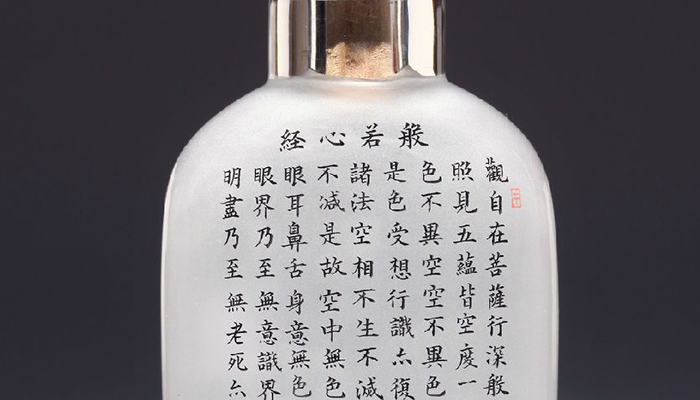
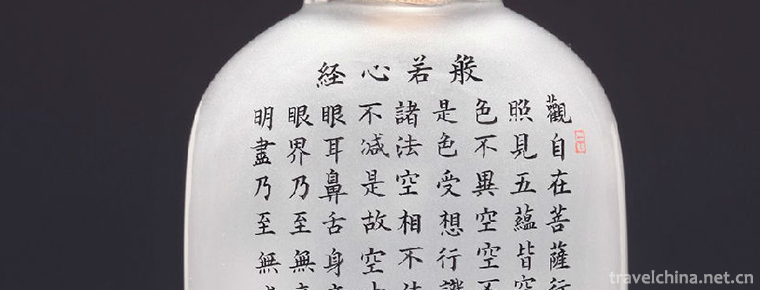
a bottle with painted designs
-
two dragons mountain Erlongshan
Erlongshan is the first national AAAA class tourist area, known as "Harbin East Garden", located 50 km east of Harbin, 127 degrees east longitude 27 minutes 41 seconds, 45 degrees north lati
Views: 187 Time 2018-12-22 -
Jiao Yulu Memorial Park
Jiao Yulu Memorial Park (formerly Jiao Yulu Martyrs Cemetery) was built in February 1966. It is located on the old embankment of the Yellow River in the north of Lankao County, Kaifeng City
Views: 172 Time 2019-01-22 -
Lianhua Rural Tourist Area
Lianhua Rural Tourist Area is a national AAAA-level tourist area, located in the northeast of Chenghai District, Shantou City, with Dongli Town in the East and Tiepu Town in Chaozhou City in the west
Views: 146 Time 2019-01-29 -
Shangqiu Ancient Culture Tourist Area
Shangqiu Ancient Culture Tourist Area is located in Suiyang District of Shangqiu City. Based on Shangqiu Ancient City, the area of 12.6 square kilometers is covered by Guidefu City
Views: 125 Time 2019-02-08 -
Tar Temple Scenic Area
Tar Temple, also known as Taer Temple, was founded in the 10th year of Hongwu Ming Dynasty (1377). Named after the Great Silver Pagoda built in memory of Zongkaba
Views: 174 Time 2019-02-13 -
Eight Delicacies in Hot Sauce
Babao chili sauce is a famous traditional dish in Shanghai, with bright color and spicy fragrance. It is improved from fried chili sauce. "Babao chili sauce" tastes hot, fresh and slightly s
Views: 217 Time 2019-03-25 -
Caogao Gong and drum in northern Sichuan
Licao Gong and drum in northern Sichuan is a kind of traditional folk music. It mainly distributes in four counties and three districts of Guangyuan City, Sichuan Province
Views: 385 Time 2019-04-18 -
Burning Techniques of Linqing Gong Bricks
Linqing fired tribute brick is an ancient handicraft. Beginning in the early Ming Dynasty, Yongle's firing technology is the unique experience accumulated by the working people in Linqing of Shandong
Views: 114 Time 2019-05-13 -
Encouragement of Miao Nationality in Western Hunan
Encouraged by the Miao people in Western Hunan Province, the traditional dance of Tujia and Miao Autonomous Prefecture in Western Hunan Province is one of the national intangible cultural heritage.
Views: 248 Time 2019-07-03 -
Harmonic Qin
In the history of Harmonious Qin, young men and women in Nima Township, Bango County, Naqu Prefecture, Tibet had a tradition of gathering to dance Harmonious Qin. Whether it was the end of farming or
Views: 306 Time 2019-07-06 -
Brick carving
Brick carving refers to the carving of landscape, flowers, figures and other patterns on green bricks. It is an important art form in ancient architectural carving. The production technology and core
Views: 260 Time 2019-08-10 -
Ding Zhens voice is on the rise and the tiktok of Ganzi Sichuan has doubled
In November 11th CCTV news and Oriental tiktok were put on a short video of the tremble. Ding Zhen, the "sweet boy" in the video, triggered a phenomenal network event with a transmission volume of more than 5 billion times. At the same time, Ding Zhen also became the propaganda Ambassador of his hometown Litang County, driving the search volume of "Litang" to soar by 620%.
Views: 96 Time 2020-12-07

